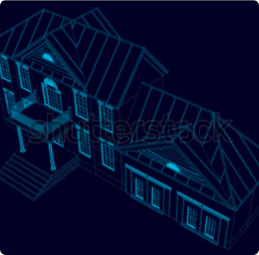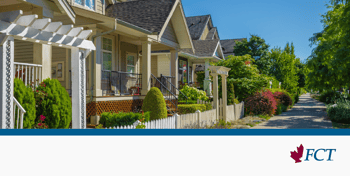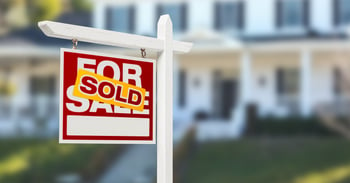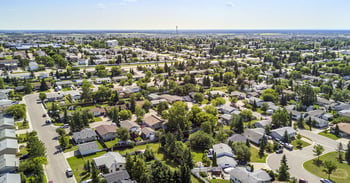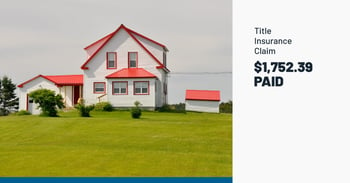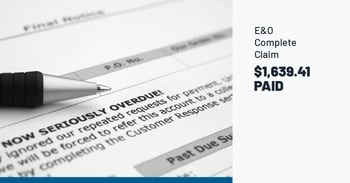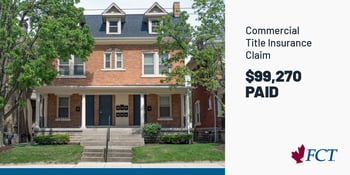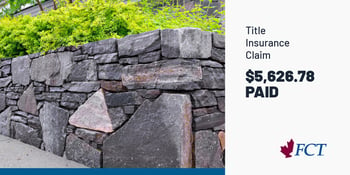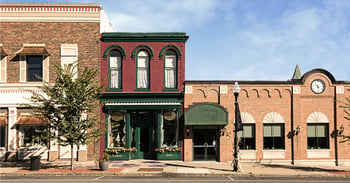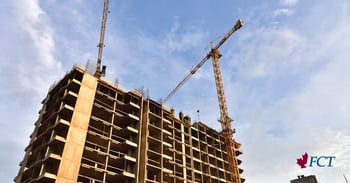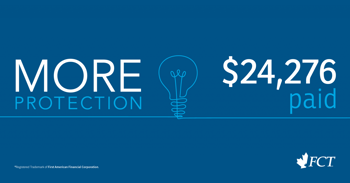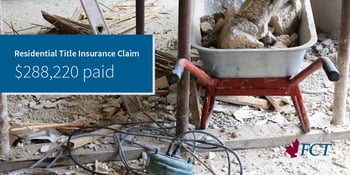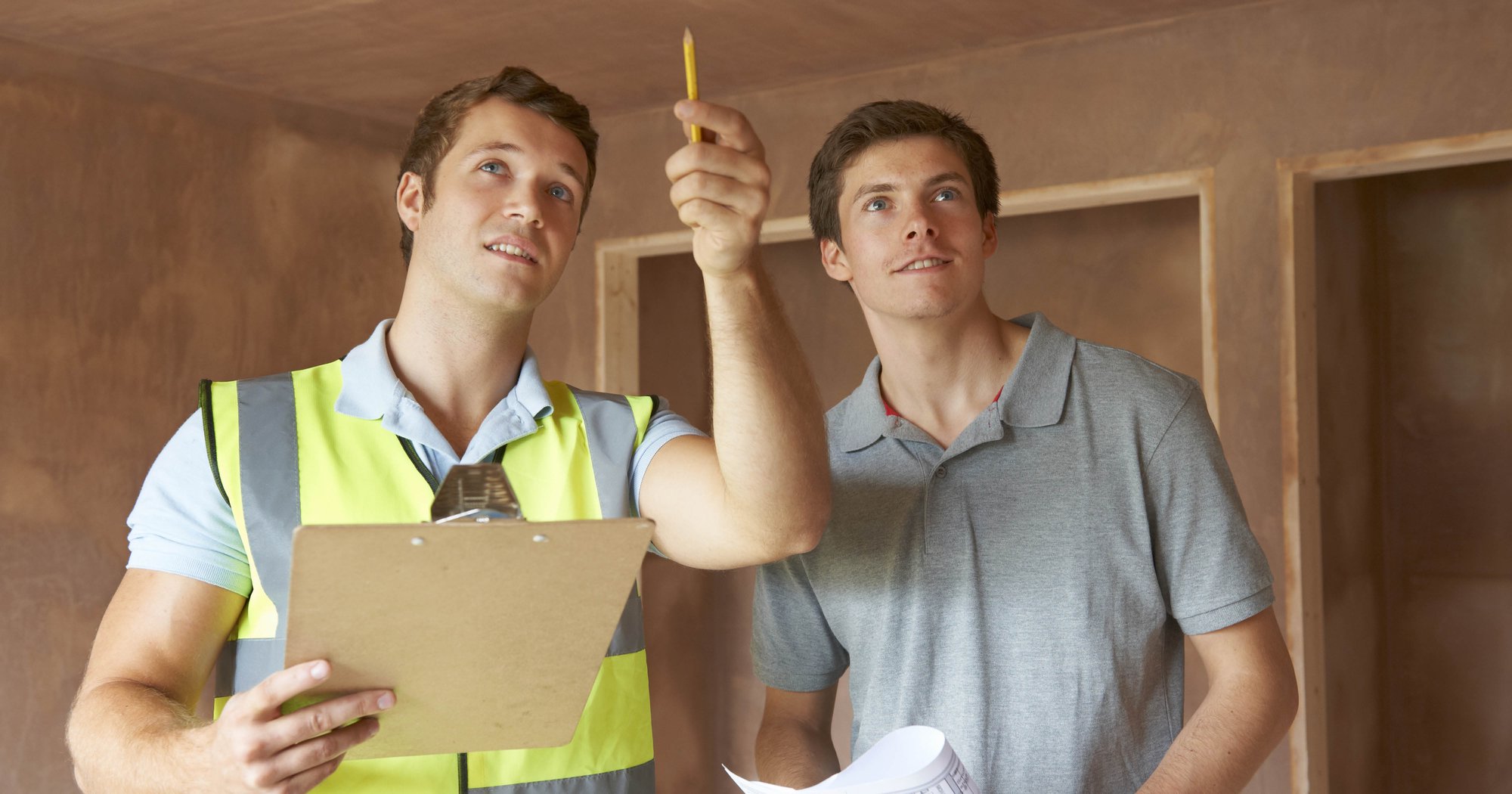
A home inspection is a common condition on the sale of a property. It gives new homeowners peace of mind to know that a professional has checked the house from top to bottom and will provide an objective opinion on the home’s condition.
Here’s what a home inspector generally checks for during an inspection.
A typical home inspection
A home inspector will complete a thorough walk-through of a home. A home inspection typically takes between two and three hours to complete.
During the inspection, the inspector will take notes and possibly even pictures.
It’s a good idea to tag along during an inspection because you can get educated on many home maintenance tasks.
The home inspection checklist
Home inspectors work from detailed checklists to ensure they check every system in your home. Here are the areas they will check from top to bottom.
Roof
Are there loose or damaged shingles? The home inspector will also check that the gutters, vents and chimney are all in good condition.
Attic
Your attic will be checked for signs of leaks or water damage. They also look to make sure there is enough insulation and ventilation.
Ceilings
A home inspector will check that the ceilings don’t have stains or cracks and that they are straight and level.
Doors and trim
The doors and trim will be checked to make sure there is no rot or crack. The inspector will test each door to make sure it is in good working order and that the frame is secure.
Bathrooms
A home inspector will check toilets, showers and faucets to make sure they have adequate flow, and ensure that fans, outlets and light fixtures are in working order.
Appliances
All the appliances, including the stove, dishwasher, washer and dryer will be examined to ensure they are functional.
Plumbing
The inspector will check the pipes and water temperature, and make sure all sinks and showers are functioning.
Windows
Windows will be inspected to see that they aren’t damaged. Inspectors also look for proper alignment, caulked frame joints and that drip caps are installed.
Garage
Is the door opener functioning and is the electrical system up to code? The inspector will check for a solid foundation and damage to the ceiling and walls.
Basement
In the basement, they’re looking for water damage, adequate insulation, and a solid foundation. They will examine your heating, venting and air conditioning system and check that the water heater is working well.
Electrical systems
During the walk-through, the inspector will check each outlet, light fixture and exhaust fan. They will also check for working smoke and carbon monoxide detectors and up-to-code circuit breakers.
Exterior
Home inspectors will also look at the exterior of your home and yard. They look for damage to the siding, stucco or paint. They also look for foundation issues and check for proper drainage and septic issues.
After the entire home inspection checklist is complete, the home inspector will give you a report that outlines all the issues that need repair. However, depending on the weather at the time of the inspection, there may be some areas that the home inspector cannot see and they will note this in the inspection. For instance, in the winter, the roof, external foundation and a/c unit may be covered in snow.
Make sure to read the report carefully. If there’s anything you don’t understand, ask the home inspector to clarify. You could potentially negotiate the sale price of the home if there are major issues that need to be addressed.
This is for general information only.

